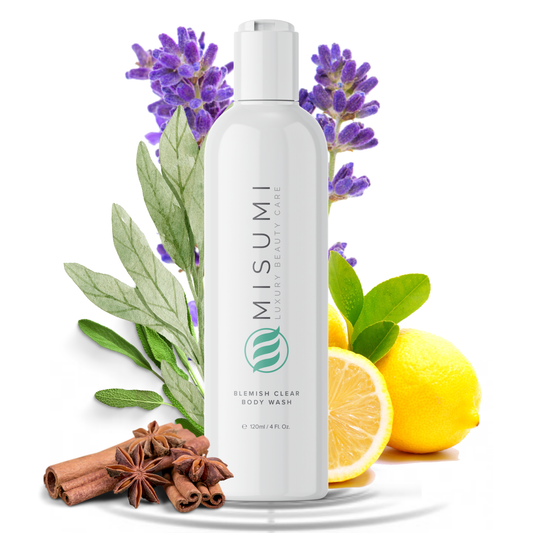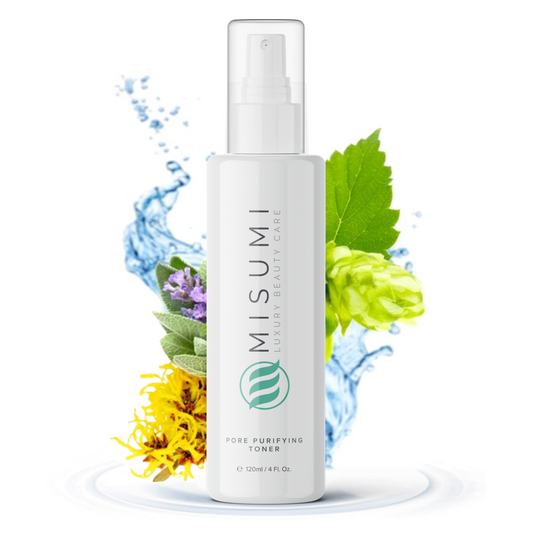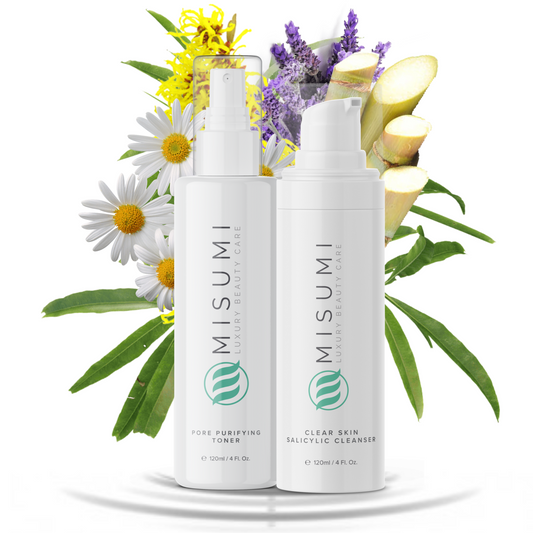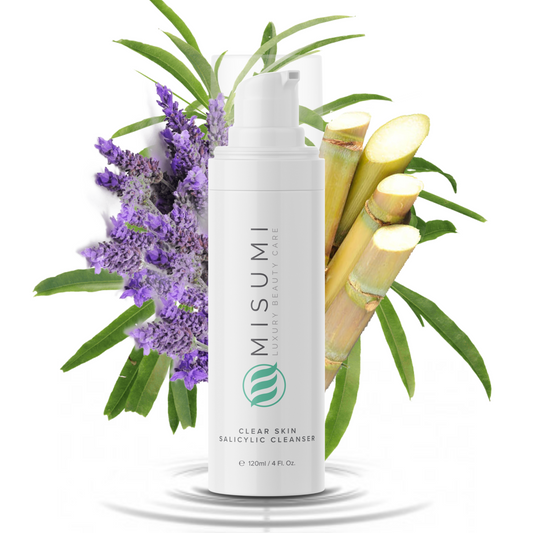Moles are a normal part of skin life—tiny clusters of pigment cells that sometimes appear out of nowhere. While most are harmless, many people feel self-conscious about them, especially when they show up on visible areas like the face or neck. That’s where natural remedies come in. Among them, certain oils are believed to help lighten or fade moles gradually without surgery or harsh chemicals. But how do they actually work, and are they worth trying? Let’s look at how using essential oils for mole removal might make a difference with time and consistency.
Why Natural Oils Are Becoming Popular
In recent years, people have become more interested in natural skincare. Instead of quick fixes, many are looking for slow, steady, and gentle solutions. Oils fit perfectly into this approach because they nourish the skin while helping it heal naturally. The idea behind essential oils for mole removal is that some oils contain compounds that can dry out the mole, promote skin regeneration, or lighten pigmentation.
For example, oils like frankincense, tea tree, and castor oil have earned loyal fans for their skin-healing abilities. They may help the mole’s surface dry and fade without leaving scars. The process takes patience—sometimes weeks or months—but many people prefer this slow change over aggressive treatments. It feels safer and more natural, like letting your skin restore itself at its own pace.
Tea Tree Oil: A Gentle Drying Agent
Tea tree oil is one of the most popular essential oils for mole removal, often praised for its ability to dry out moles naturally. Its antibacterial and antifungal properties make it a favorite for treating skin imperfections. When applied daily, tea tree oil may cause the mole to shrink slowly and flake off over time.
To use it safely, mix one or two drops with a carrier oil like coconut or jojoba before applying it to the mole. Direct use can be too strong and may irritate sensitive skin. People who stick to this routine for several weeks often notice their mole’s texture becoming drier and flatter.
Frankincense Oil: The Skin Rejuvenator
Frankincense oil has been used for centuries to heal skin and fade scars. Today, it’s also talked about as one of the best essential oils for mole removal due to its ability to support new cell growth and fade pigmentation. Its soothing scent and gentle effect on the skin make it an appealing choice for those looking for a holistic skincare routine.
To apply it, add a few drops of frankincense oil to a carrier oil and gently massage it over the mole twice a day. Over time, this routine may lighten the mole’s appearance and improve the surrounding skin tone. Many people also notice softer, smoother skin in the treated area, thanks to the oil’s nourishing properties.
Castor Oil: The Classic Home Remedy
Before fancy serums and creams, castor oil was a go-to solution for skin issues. Even today, it’s widely used as a natural essential oil for mole removal because of its deep moisturizing and regenerative effects. Castor oil helps keep the skin soft, while its natural acids may slowly reduce the appearance of raised moles.
Applying castor oil twice a day with a cotton swab can be surprisingly effective over time. Some people mix it with baking soda or a drop of tea tree oil for a slightly stronger blend, but even alone, it can do wonders for the skin’s texture.
Safety Tips for Using Essential Oils on Moles
While these natural oils sound promising, safety should always come first. Always test your chosen oil on a small patch of skin before applying it directly to a mole. If you experience redness or burning, stop immediately.
Another important step is to be sure the mole is benign. If it’s changing color, bleeding, or growing rapidly, don’t try to treat it at home. A dermatologist can help determine whether it’s safe to use essential oils for mole removal or if medical removal is a better choice.
How Long It Takes to See Results
Every skin reacts differently, so there’s no exact timeline for when you’ll notice changes. For some, visible fading might happen after three to four weeks; for others, it may take longer. Staying consistent, applying oils correctly, and keeping the area clean can speed up progress.
If you don’t see improvement after two months, it might be worth switching oils or seeking professional advice. Combining natural care with medical guidance can often lead to the best results. Remember, the goal is healthy, smooth skin—not just mole removal.
Final Thoughts
Using natural oils for mole fading is a gentle, patient-friendly approach to skincare. It’s not magic, but it offers a simple and safe way to help your skin look clearer over time. Oils like tea tree, frankincense, and castor oil can be wonderful companions on this journey if used carefully and consistently.
Small daily care habits often lead to long-term improvements, not just for moles but for your overall skin health. As your skin gradually transforms, you might find yourself paying more attention to its size and measurement, noticing subtle changes that show your dedication is paying off. With time, care, and consistency, your skin can achieve a smoother, more balanced look that feels both natural and confident.








